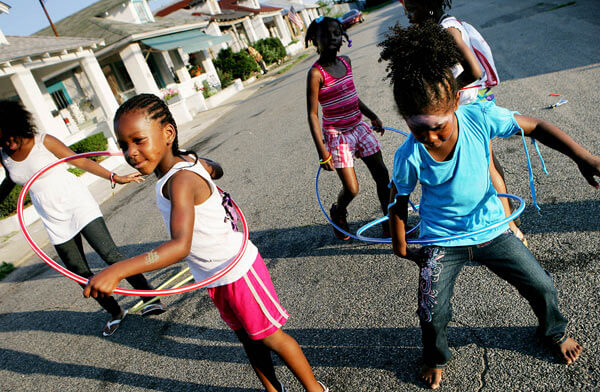By Lisa Autz
More than 7,000 humble bungalows once bordered New York City’s Atlantic Shore in Far Rockaway, providing summer getaways for New Yorkers for much of the 20th century. Now, the bungalow community has dwindled to about 100 on three blocks bound by Beach 24th Street, Seagirt Avenue, Beach 26th Street and the oceanfront boardwalk.
Preservationists have been fighting for their survival and are beginning to see progress. Rose Harvey, commissioner of the state Office of Parks, Recreation and Historic Preservation, has placed the district on the State Register of Historic Places, according to Borough President Helen Marshall.
Preservationists have been battling for years against the transformation of the bungalows into ocean-view apartment buildings. The Beachside Bungalow Preservation Association of Far Rockaway has teamed up with preservationist organizations, such as the Historic Districts Council and Long Island Traditions, to fight development over 15 years ago.
According to Marshall, the placement of the district on the State Register automatically nominates it to be on the National Register of Historic Places, which has the National Park Service protect the area.
The state recognition of the bungalows as a historic place paves the way for aid to preserve the remaining properties and give property owners eligibility for grants and tax credits on rehabilitation. A decision is expected by the Park Service on the district’s placement on the National Register by this summer, Marshall said.
“These remaining Far Rockaway beach bungalows deserve to be protected because they are simple yet elegant structures that are a testament to a past lifestyle that incorporated fresh air and outdoor activity for healthy living,” said Marshall.
The structures are said to represent the preservation of traditional bungalow culture that began in the early 1900s. The distinct architecture was famously designed by Henry Hohauser, designer of art deco hotels in Miami in the 1930s.
Each one-story bungalow is made of brick and plaster and has a porch, three bedrooms, a small kitchen, a bathroom and many windows. Based on the documentary “The Bungalows of Rockaway,” by filmmaker Jennifer Callahan, it was a time when largely Jewish and Irish working-class families sought summer retreats from Manhattan and developed tight-knit communities in their yearly summer vacation homes.
The documentary was created based on the history of the beach-side homes and their struggle for survival. The bungalows were also featured in several scenes in 2009 in the HBO show “Boardwalk Empire,” which is set in Atlantic City during the prohibition era.
“Frequently, traditional bungalows are overlooked by historic preservationists and local historians because they are common and have simple architectural features,” said Nany Solomon, executive director of Long Island Traditions. “Yet this ignores the powerful cultural significance the bungalows have in communities and families. We should continue to support the surviving bungalows so that others can learn and enjoy the traditional culture of our shoreline communities for future generations.”
The bungalow colony began to diminish in the 1980s due to high crime rates and poor urban-renewal plans. The few that do remain are part of the Beachside Bungalow Preservation Association, which is determined to save the community as a tribute to the once-thriving area.
Efforts are continuing to be made to convince the city Landmarks Preservation Commission to approve the district to be a city Historic District, according to Marshall. This next step would further protect the historical structures by requiring the commission’s approval of any new construction, demolitions or alterations within the district.
For now, the Far Rockaway beach bungalows await the approval of the State Register of Historic Places as a progressive step toward saving their chapter in New York City’s history.

































